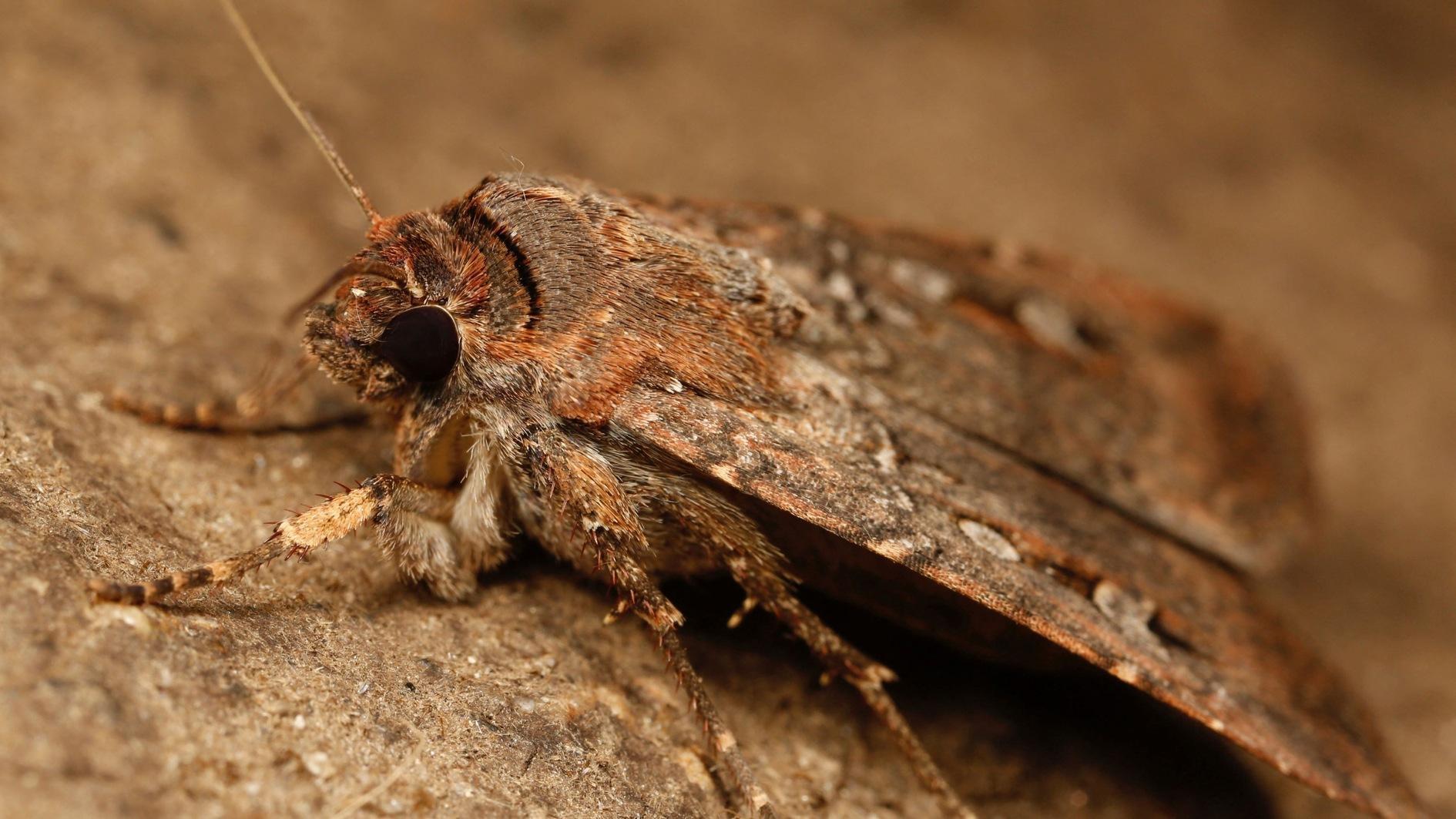Australian moths use stars to navigate 1,000-kilometer journey
NEW YORK

A new study has revealed that the nocturnal Bogong moth, native to Australia, uses the stars in the night sky as a navigational compass during its annual long-distance migration.
Each year, when temperatures begin to rise, these tiny moths, whose brains are smaller than a grain of rice, fly nearly 1,000 kilometers to reach the cool caves of the Australian Alps. There, they rest before returning home to breed and die.
While birds are known to navigate by starlight, this is the first documented case of an invertebrate, an animal without a backbone, using celestial cues to guide itself across such vast distances.
For years, scientists were unsure how the Bogong moths found their way to a destination they had never visited.
In experiments, scientists placed the moths in a specially designed flight simulator replicating the night sky. When the stars were shown in their natural patterns, the moths flew in the correct direction. However, when the star patterns were scrambled, they became confused and disoriented. Brain activity also showed that the moths responded to specific orientations of the night sky.
“We still don't know exactly what features they’re using—it could be the Milky Way, a nebula, or something else entirely,” said David Dreyer of Lund University in Sweden, the lead author of the study. “But whatever it is, it’s remarkable that an animal with such a tiny brain can actually do this.”
















